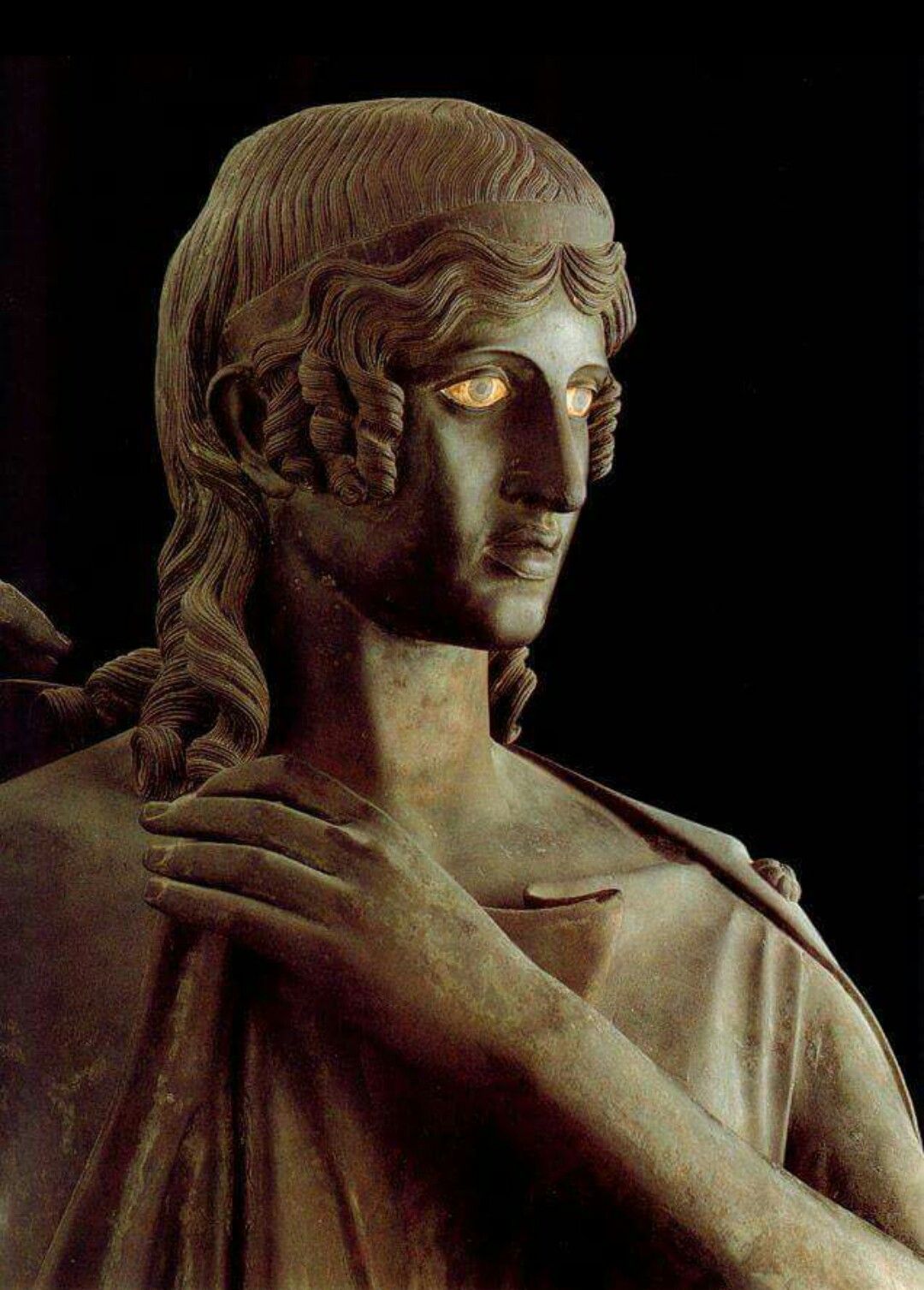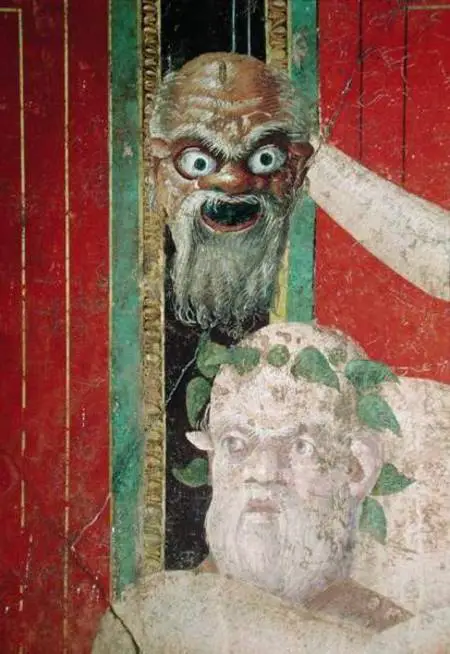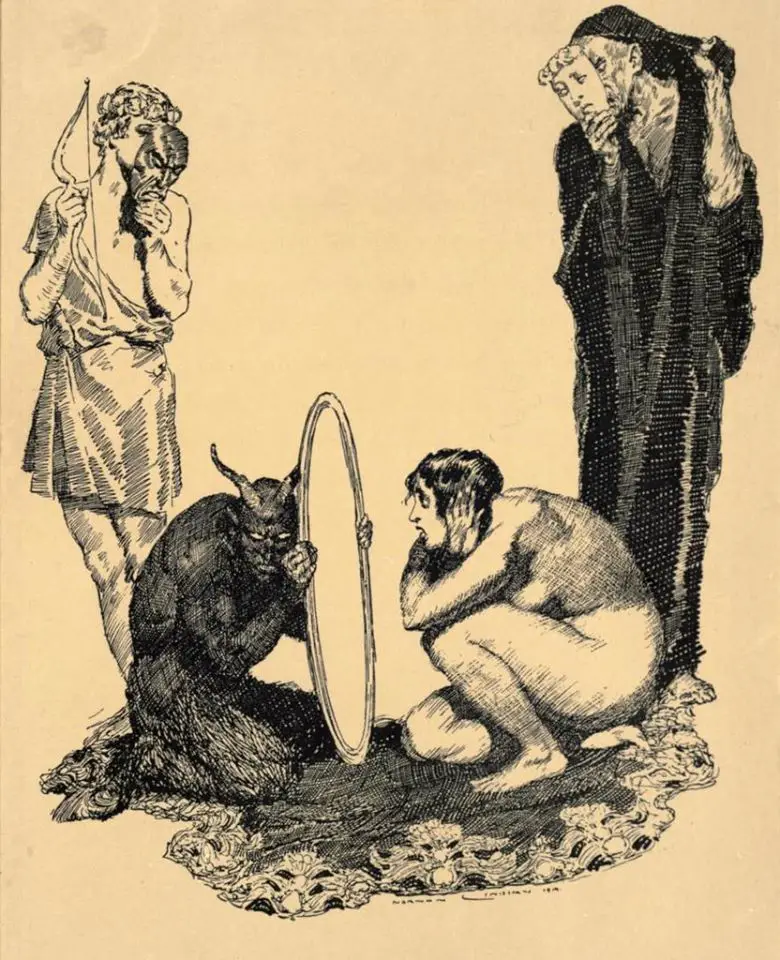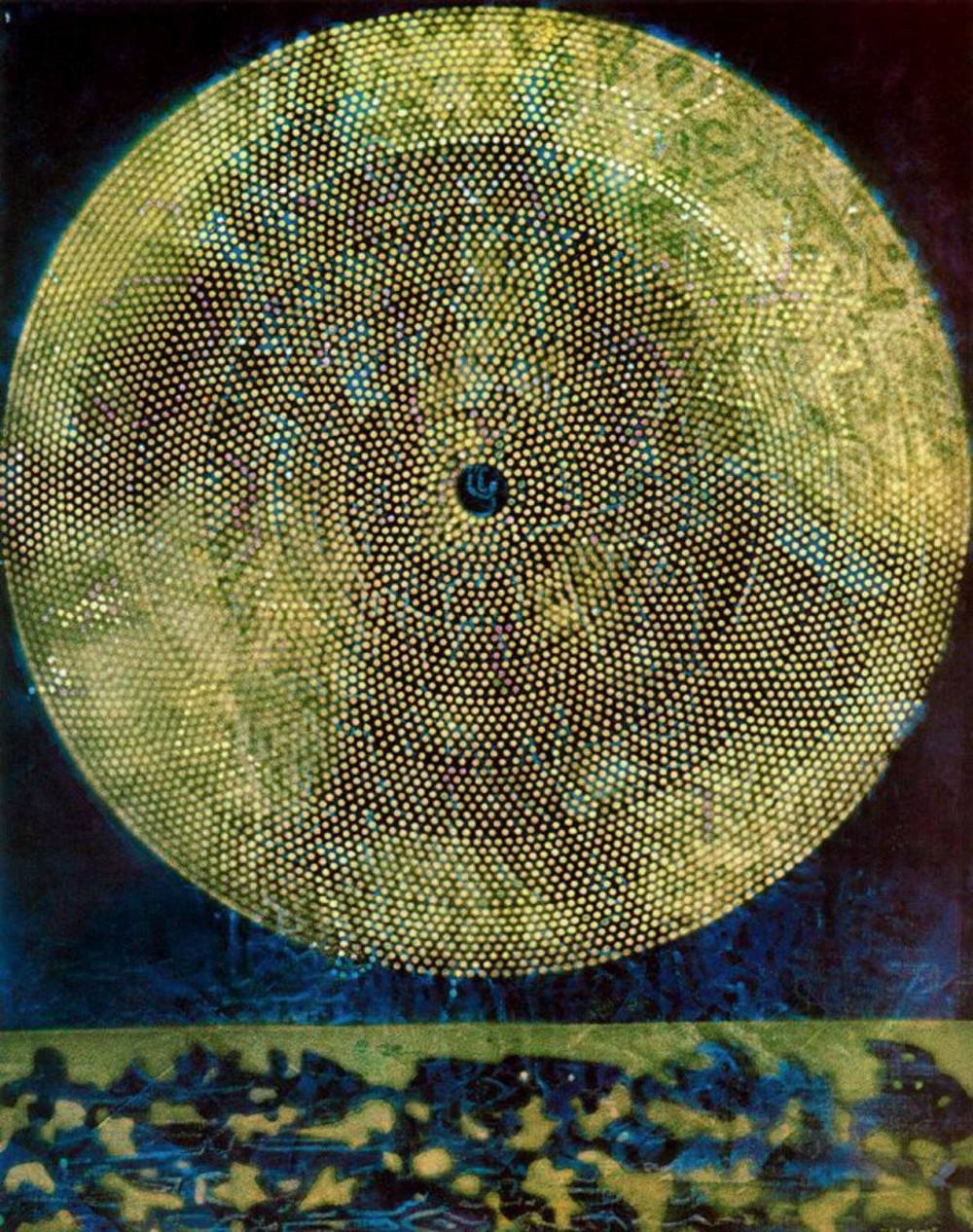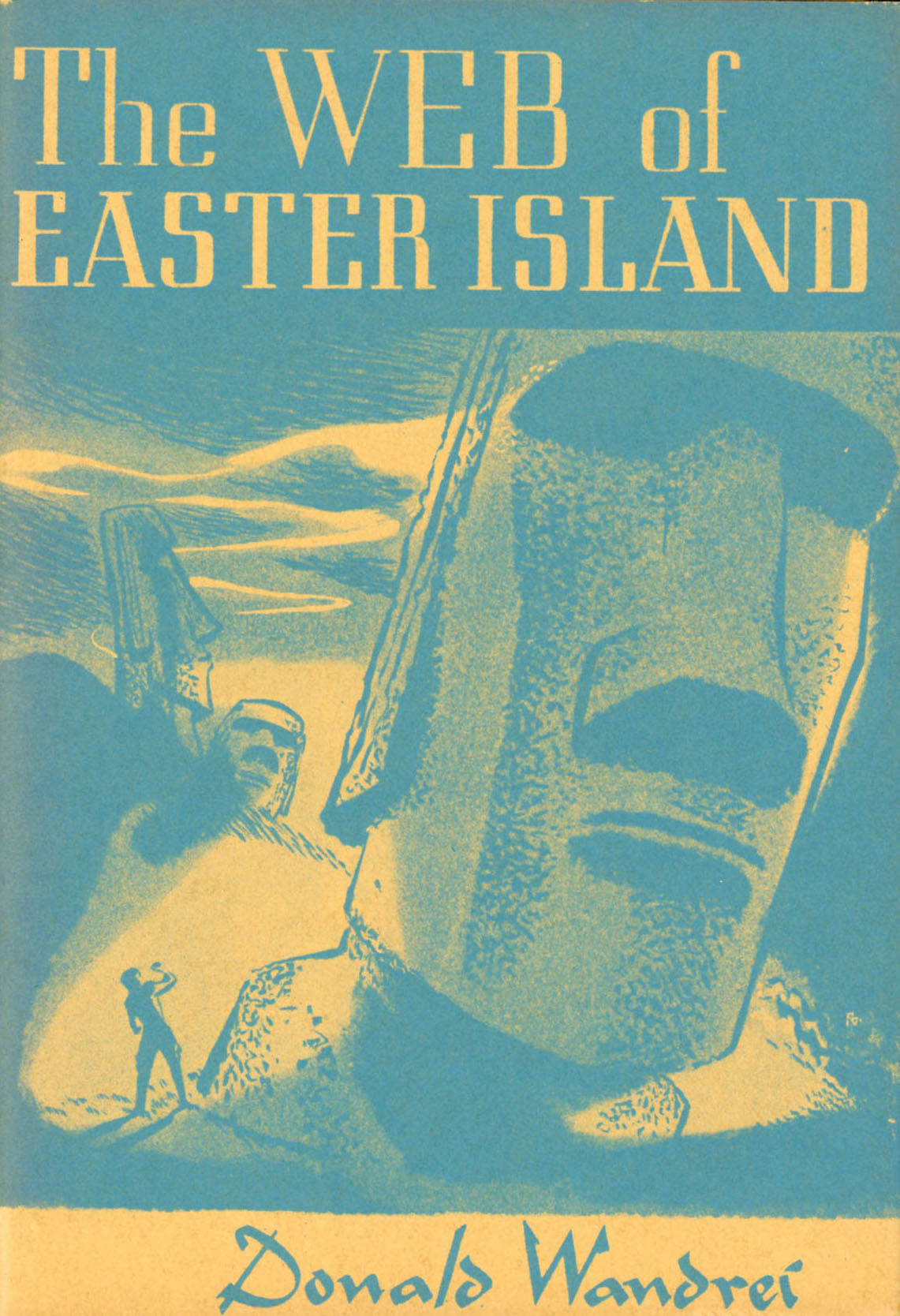Month: December 2019
Apollo the Destroyer: "coincidentia oppositorum" in hyperborean mysticism and eschatology
Although mostly considered in his "luminous" and "uranic" meaning, in the archaic tradition Apollo combines the most extreme dichotomies in his mystical and eschatology: the bow and the lyre, wisdom and "mania", depth and elevation, the catabasis and the journey in spirit to the White Island, the "Fall" of Being and the return of the Golden Age. Starting from ancient sources, we can find similar concepts not only to those of North Asian shamanism and Celtic spirituality, but even to the sacred vision of some modern poets — like Blake, Shelley and Yeats - whose Apollonian chrism will appear clearer to us if we analyze their “Weltanschauung” in the light of the Platonic and Heraclitean doctrines.
Auras and inner lights
Since the perception of a light characterizes the apparition of the divine, the luminous has always been associated with the numinous. The great dilemma that Walter Benjamin proposes is whether the visual impression is determined exclusively by the biology of the human eye or is also characterized by cultural and historical specificities. This contribution seeks to reconstruct how the experience of light in the West has changed over the centuries in intensity and suddenness and how its modes of manifestation have changed.
Dionysus in the mirror: the mask, the Daimon and the metaphysics of the "other-than-self"
The mask and the metaphysics of the "other-than-self": the youthful initiations in ancient Rome and the Dionysian symbolisms according to Károli Kerényi and Walter Otto; L'"archetypality and paradigmatic nature of the archaic man "who, according to Mircea Eliade," recognizes himself "truly himself", only to the extent that he ceases to be "; the Daimon and the "Antithetic Mask" in WB Yeats's Vision; Dionysus in the mirror, Vishnu who dreaming creates the countless worlds and Thomas Ligotti's "solipsistic god of dreams".
"From Saturnalia to Carnival: the solstitial crisis and the end of year celebrations"
The Sulfur Society
is pleased to present
for the cycle of meetings
"Aperitifs of the Unusual"
"From Saturnalia to Carnival: the solstitial crisis and the end of year celebrations"
The human being as multiplicity: mask, "doppelgänger" and puppet
Since modern man has dramatically realized that the unity of the human being is an illusion some of the highest minds of his consortium have sought - in a uncanny game of masks, mirrors and dolls - to understand how to integrate one's infinite personalities and overcome the existential nihilism that such masks potentially offer: from ETA Hoffmann's “The Sandman” and EA Poe's “William Wilson” to Hermann Hesse's “The Steppe Wolf”; from the contemporary cinema of Roman Polanski and David Lynch to Thomas Ligotti's "marionette metaphysics" and HP Lovecraft's "cosmic horror".
The interiority is formed in chronospheres
In our psyche, especially in the unconscious, time is not only marked by numerically measurable intervals, like those of a chronometer, nor by cause and effect relationships, but also by many qualitative moments that reverberate with each other with own rhythms.
“Only masks? And the face? "
EUMESWIL
Ernst Jünger Studies Association
presents
for the cycle of meetings
« The big questions "
"Only masks? And the face? "
From Stonehenge to Rapa Nui: Donald Wandrei and the return of the Titans
Taking both hands from the "Weird" literature of HP Lovecraft e Arthur Machen and combining the proceeds with the hypotheses of Charles Fort and the theosophical and "Atlantean" doctrines, Wandrei's 1932 novel was able to anticipate if not actually shape most of the cultural currents ascribable to the so-called "alternative reality" of the second part of the twentieth century: from the "magic realism" of Jacques Bergier to the "paleo-astronautics", from the encounter with extraterrestrial civilizations up to some dystopian predictions that today, almost a century later, do not seem science fiction at all.


